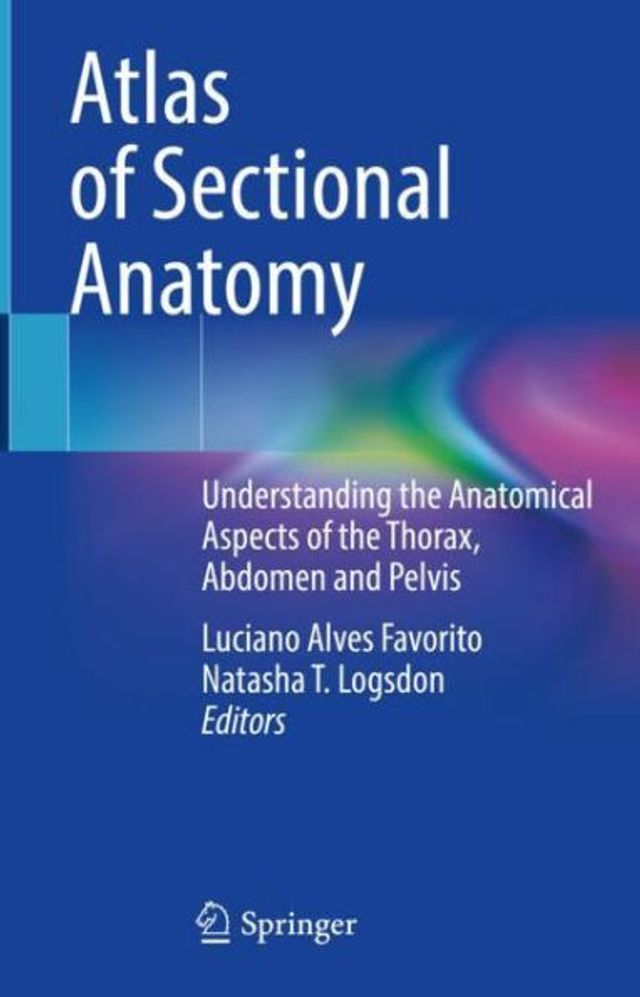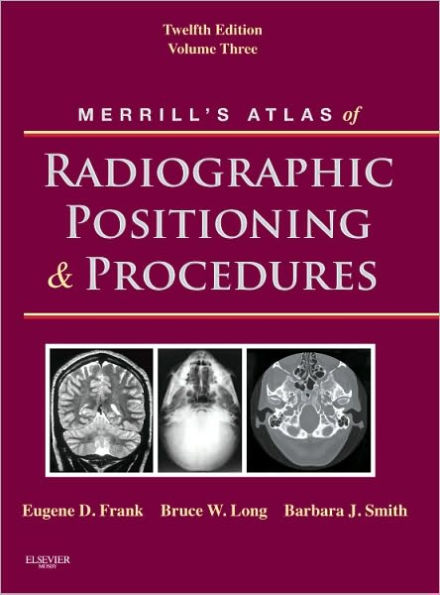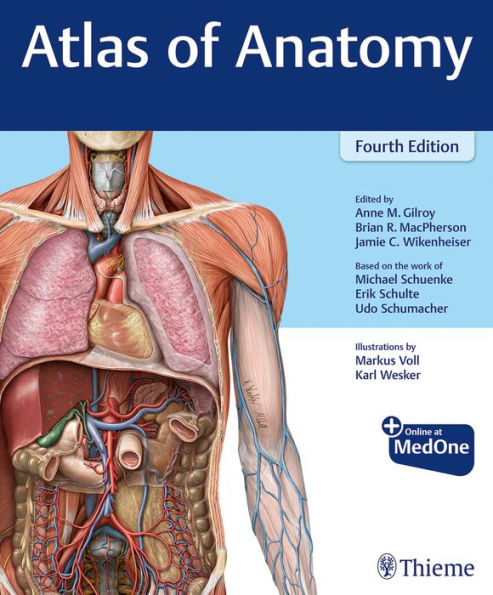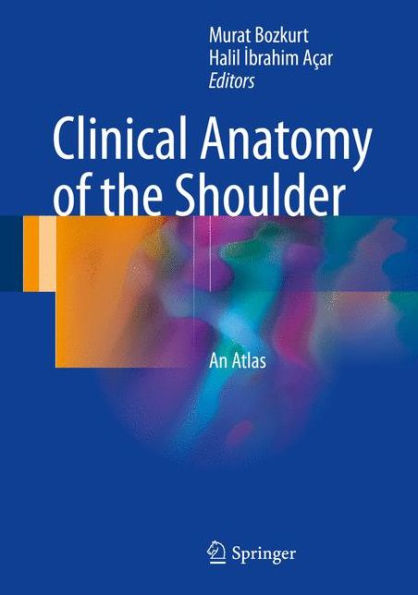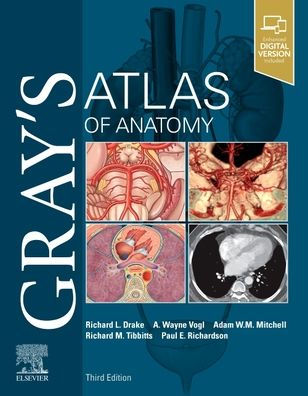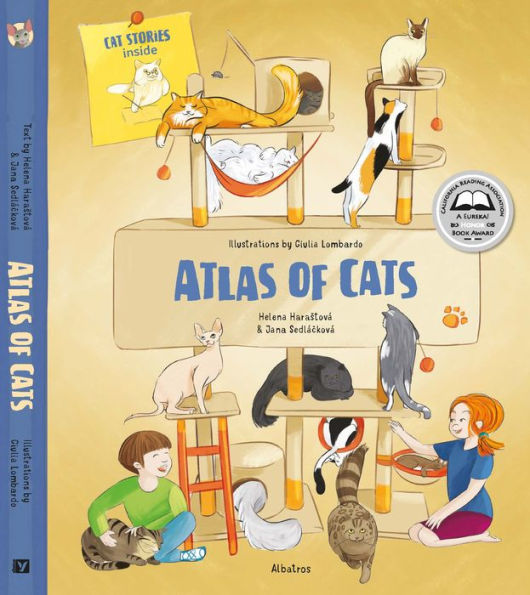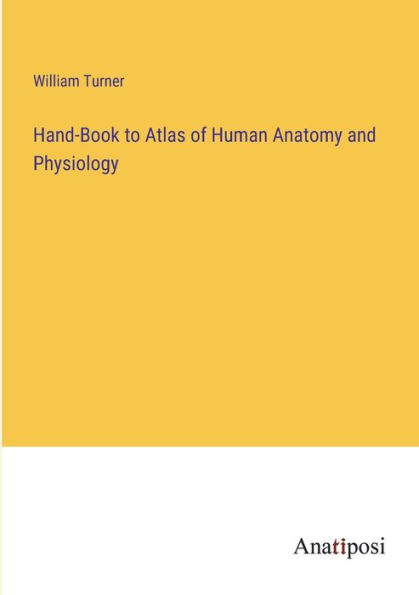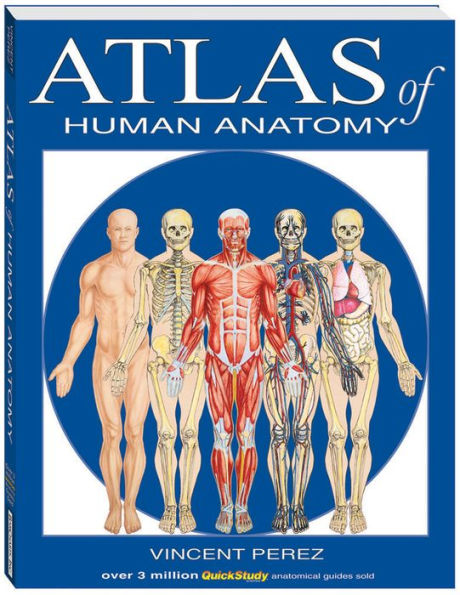Home
Atlas of Normal Radiographic Anatomy and Anatomic Variants in the Dog and Cat
Barnes and Noble
Atlas of Normal Radiographic Anatomy and Anatomic Variants in the Dog and Cat
Current price: $214.99
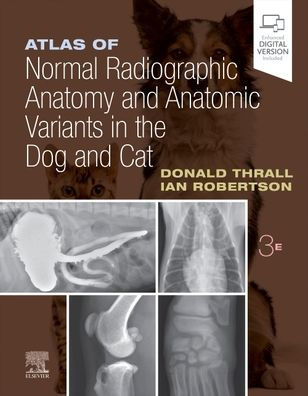

Barnes and Noble
Atlas of Normal Radiographic Anatomy and Anatomic Variants in the Dog and Cat
Current price: $214.99
Size: OS
Loading Inventory...
*Product information may vary - to confirm product availability, pricing, shipping and return information please contact Barnes and Noble
Featuring hundreds of high-quality digital images,
Atlas of Normal Radiographic Anatomy and Anatomic Variants in the Dog and Cat
helps you make accurate diagnoses by identifying the differences between normal and abnormal anatomy. Expert authors Donald E. Thrall and Ian D. Robertson describe a wider range of "normal," as compared to competing books, not only showing standard dogs and cats but non-standard subjects such as overweight and underweight pets plus animals with breed-specific variations. This oversized atlas provides an ideal complement to Thrall's
Textbook of Veterinary Diagnostic Radiology
, the leading veterinary radiography text in the U.S. Use this quick, visual reference for proper technique and interpretation of radiographic images, and you will make accurate diagnoses and achieve successful treatment outcomes.
High-quality digital images
show anatomic structures with excellent contrast resolution to enable accurate diagnoses.
Radiographic images of normal or "standard" prototypical animals
are supplemented by images of non-standard subjects exhibiting breed-specific differences, physiologic variants, or common congenital malformations.
Brief descriptive text and explanatory legends
accompany images, putting concepts into the proper context and ensuring a more complete understanding.
Clear labeling of important anatomic structures
includes cropped images to emphasize key points, and makes it quicker and easier to recognize unlabeled radiographs.
An overview of radiographic technique
includes the effects of patient positioning, respiration, and exposure factors.
Radiographs of immature patients
show the effect of patient age on anatomic appearance.
A wide range of "normal" animals
is described, to prevent clinical under- and over-diagnosing of clinical patients.
Atlas of Normal Radiographic Anatomy and Anatomic Variants in the Dog and Cat
helps you make accurate diagnoses by identifying the differences between normal and abnormal anatomy. Expert authors Donald E. Thrall and Ian D. Robertson describe a wider range of "normal," as compared to competing books, not only showing standard dogs and cats but non-standard subjects such as overweight and underweight pets plus animals with breed-specific variations. This oversized atlas provides an ideal complement to Thrall's
Textbook of Veterinary Diagnostic Radiology
, the leading veterinary radiography text in the U.S. Use this quick, visual reference for proper technique and interpretation of radiographic images, and you will make accurate diagnoses and achieve successful treatment outcomes.
High-quality digital images
show anatomic structures with excellent contrast resolution to enable accurate diagnoses.
Radiographic images of normal or "standard" prototypical animals
are supplemented by images of non-standard subjects exhibiting breed-specific differences, physiologic variants, or common congenital malformations.
Brief descriptive text and explanatory legends
accompany images, putting concepts into the proper context and ensuring a more complete understanding.
Clear labeling of important anatomic structures
includes cropped images to emphasize key points, and makes it quicker and easier to recognize unlabeled radiographs.
An overview of radiographic technique
includes the effects of patient positioning, respiration, and exposure factors.
Radiographs of immature patients
show the effect of patient age on anatomic appearance.
A wide range of "normal" animals
is described, to prevent clinical under- and over-diagnosing of clinical patients.
